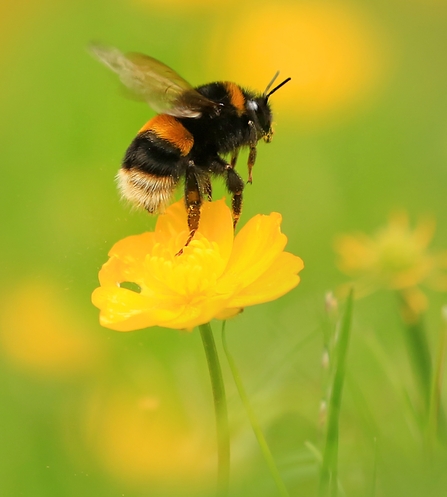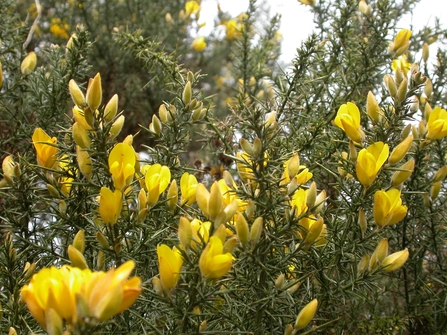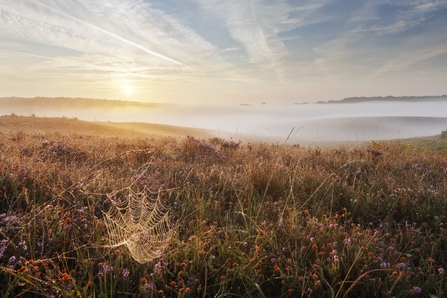Get Cumbria Buzzing! Project Officer (Community Engagement), Carolyn Postlethwaite, tells us a little bit more about a winter phenomenon that’s creating a buzz.
Have you seen any bumblebees this winter?
Bumblebees may not come to mind when you think of winter wildlife, and rightly so, as winter is typically the time for hibernation for most bumblebee species. However, the phenomenon of winter activity in bumblebees is being increasingly recorded in urban areas.
One of the UK’s 24 species of bumblebee, the buff-tailed bumblebee (Bombus terrestris), has been frequently recorded to have fully active winter colonies in the warmer parts of the UK. Winter-active bumblebees were first observed in southern England in the late 1990’s, but since then this behaviour has been increasingly observed in more and more urban areas and at more northerly sites.




